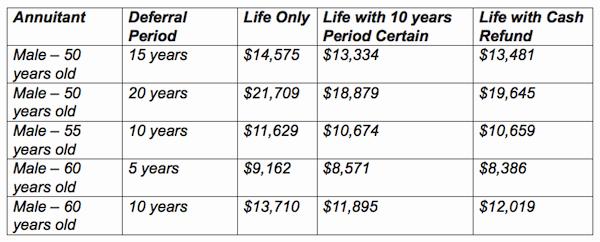
At Lincoln Financial, the dawn of a brand new DIA
So far, mutual insurers with captive agent forces have dominated the DIA space, so it may be significant that Lincoln, a publicly-held company with a big third-party distribution network, has jumped on the DIA bandwagon.


